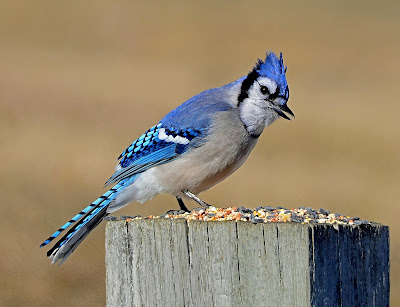Moon snails' mysterious egg cases
by Sue Pike
8/19/2017 The York Weekly/Portsmouth Herald/Fosters Daily Democrat and more
8/19/2017 The York Weekly/Portsmouth Herald/Fosters Daily Democrat and more
Of the many mysterious things you can find while beachcombing, one of the most difficult to understand is (I think) the egg collar of the moon snail. These beautifully-sculpted ribbons of sand show up on our beaches this time of year. A friend recently brought me one - it had washed up above the tide line, dried out and was starting to crumble. I knew it was a moon snail egg case but had to wonder how it was crafted; I certainly couldn’t have made such a thing. The story of how the female moon snail does this is spectacular - a nice example of the myriad of solutions nature has come up with to help with the task of reproduction.
Moon snails are beautiful, round, moon-shaped snails (hence the name) that live just offshore of sandy beaches and on tidal sand and mudflats. They burrow in and through the sand in search of their prey. Pick up a clam or mussel shell, even a moon snail shell, if there is a round beveled hole in the shell chances are, it was killed and eaten by a moon snail. Moon snails, like other predatory snails, use their tongue-like radula (rasping mouthpart) to drill holes in the shells of their prey. They also secrete chemicals that soften the shell, making it easier to drill the hole.
 |
| Moon snail egg case on Plum Island Sue Pike photo |
I have personally never seen a live moon snail in the wild, just their washed-up shells on the beach. But I have heard that if you go out to a sand or mudflat at low tide and look for little bumps or hillocks in the sand and dig around under these, you might find a moon snail waiting for the tide to come in. I’m always looking but I must frequent the wrong mudflats.
Sexes are separate in our local moon snails (not true of all molluscs). After fertilization, the female spreads out the front part of her foot (the propodium) so that it covers her shell and proceeds to construct what I like to think of as a sand-egg-sand sandwich. Her foot isn’t just a big slimy muscle, it is covered with cilia that pick up and distribute grains of sand to form a thin layer of sand grains cemented together with mucus that covers her shell. Next, she releases thousands (even hundreds of thousands) of fertilized eggs that the cilia distribute in an even layer on top of the sand (between the sand layer and her foot). Finally, she adds another thin layer of that mucus-sand mixture on top of the eggs, making this a true “sand”-wich. Because this is taking place between her foot and her shell, this structure takes on the shape of her shell. When finished building she has to escape from her egg case, which is sitting in the sand on the ocean floor. To do this she digs straight down (using that propodium again) and burrows away from the case.
The egg case is shaped like an old-fashioned shirt collar - hence the name. When they are fresh, they are flexible, like rubber - after the eggs hatch they become brittle and fragile and start to disintegrate. The eggs hatch out before the collar starts to fall apart, so while still rubbery, there can be thousands of tiny larval moon snails (these swimming larvae are called veliger larvae) swimming around within the mucus matrix of the collar. I can only hope that the sand collar my friend found had already released its larvae.
Summer is starting to wind down but there is still time to get out there while the sun is hot and the water refreshingly cool. See what you can find - a moon snail sand collar or perhaps some other just-as-startling mystery that the ocean has coughed up onto the shore.


Comments
Post a Comment